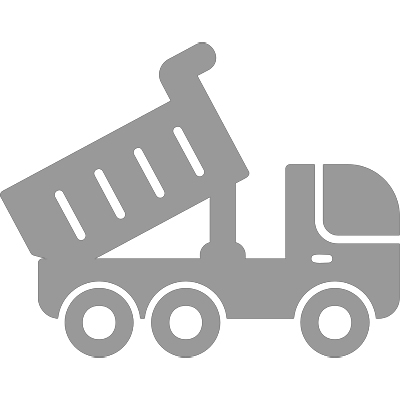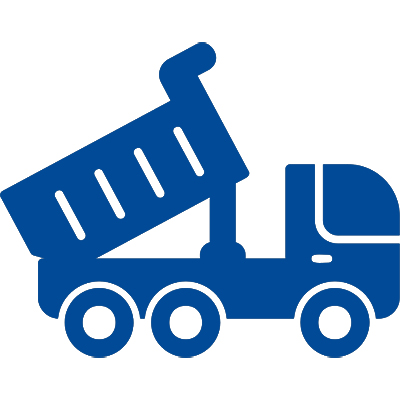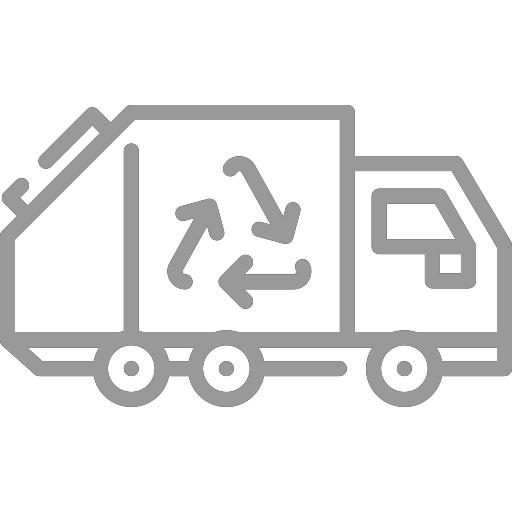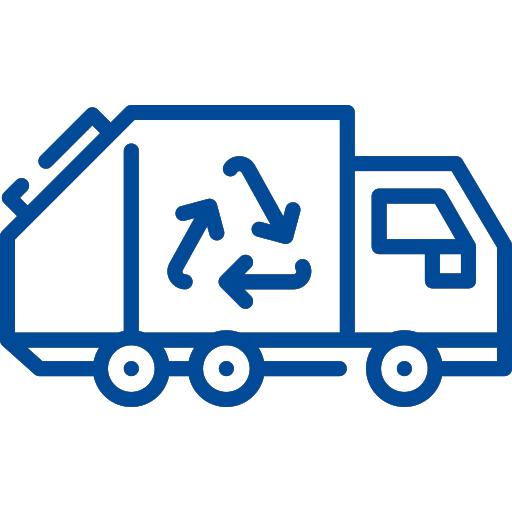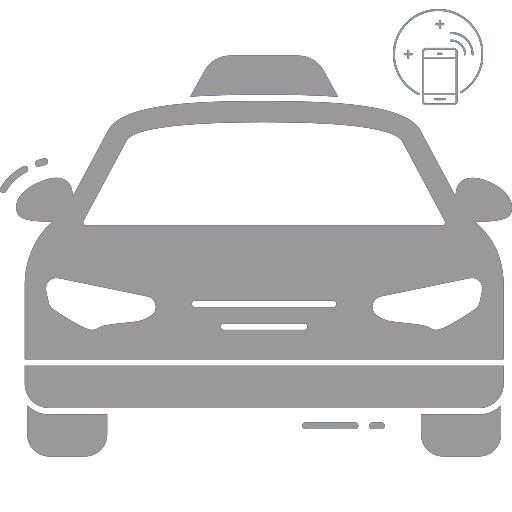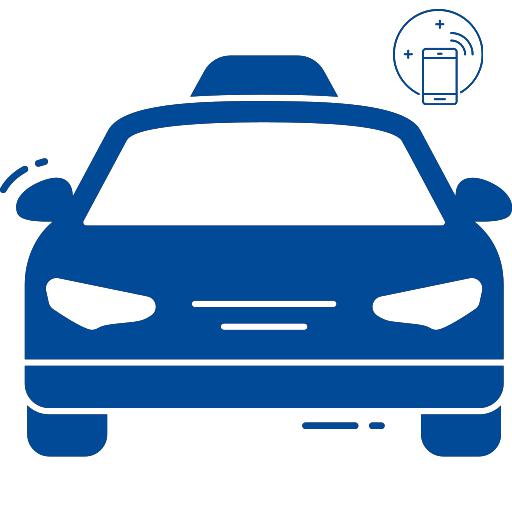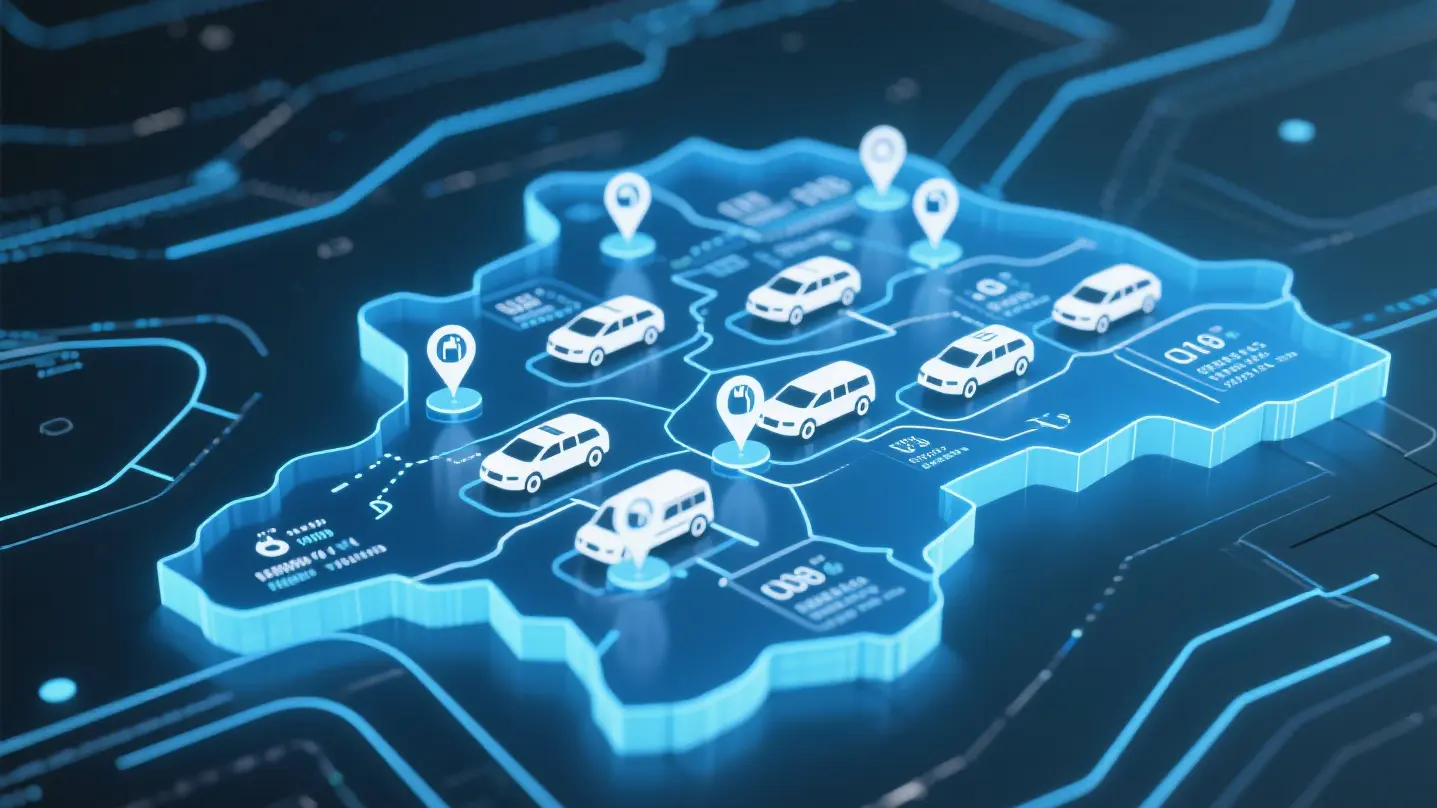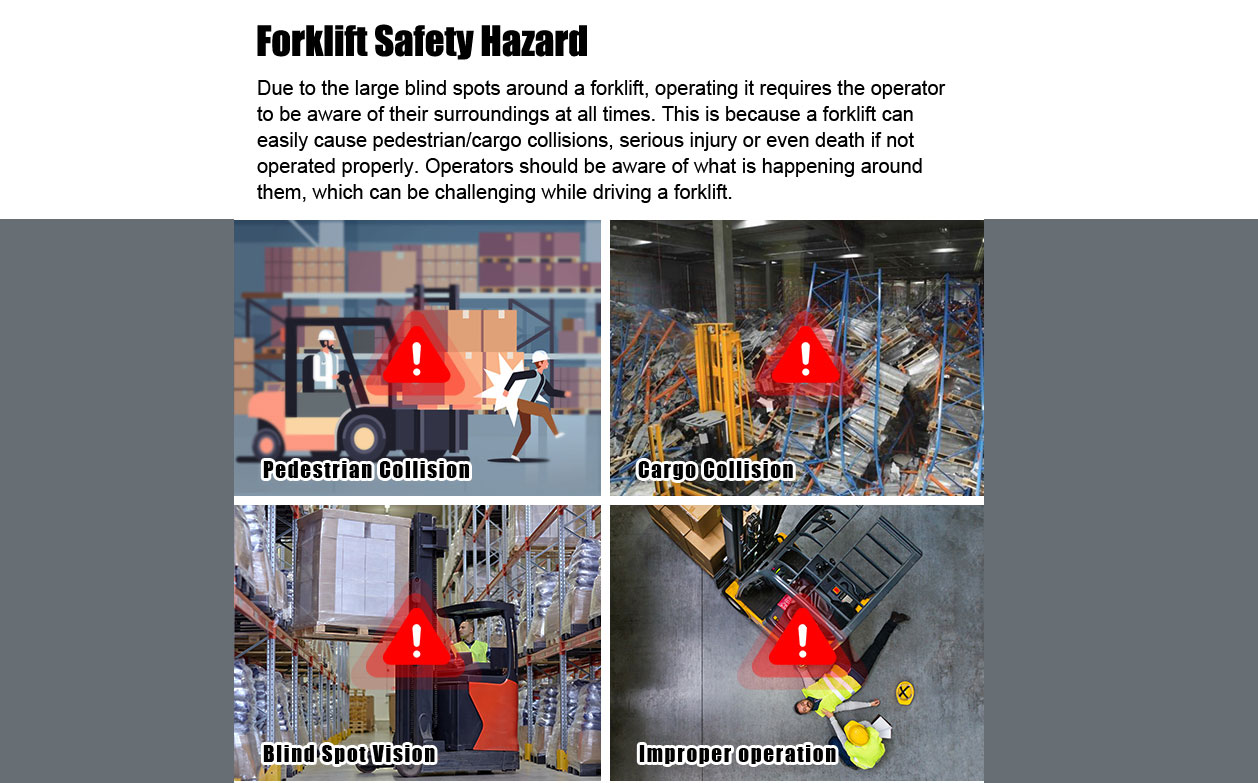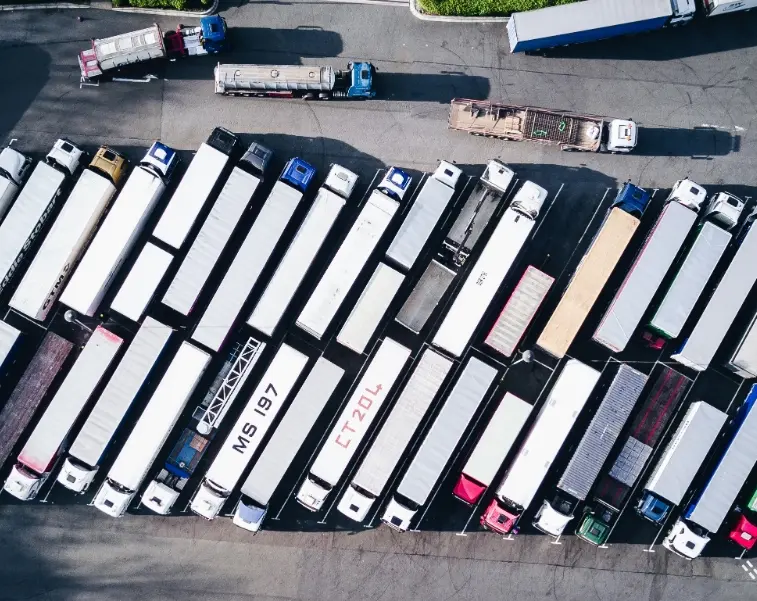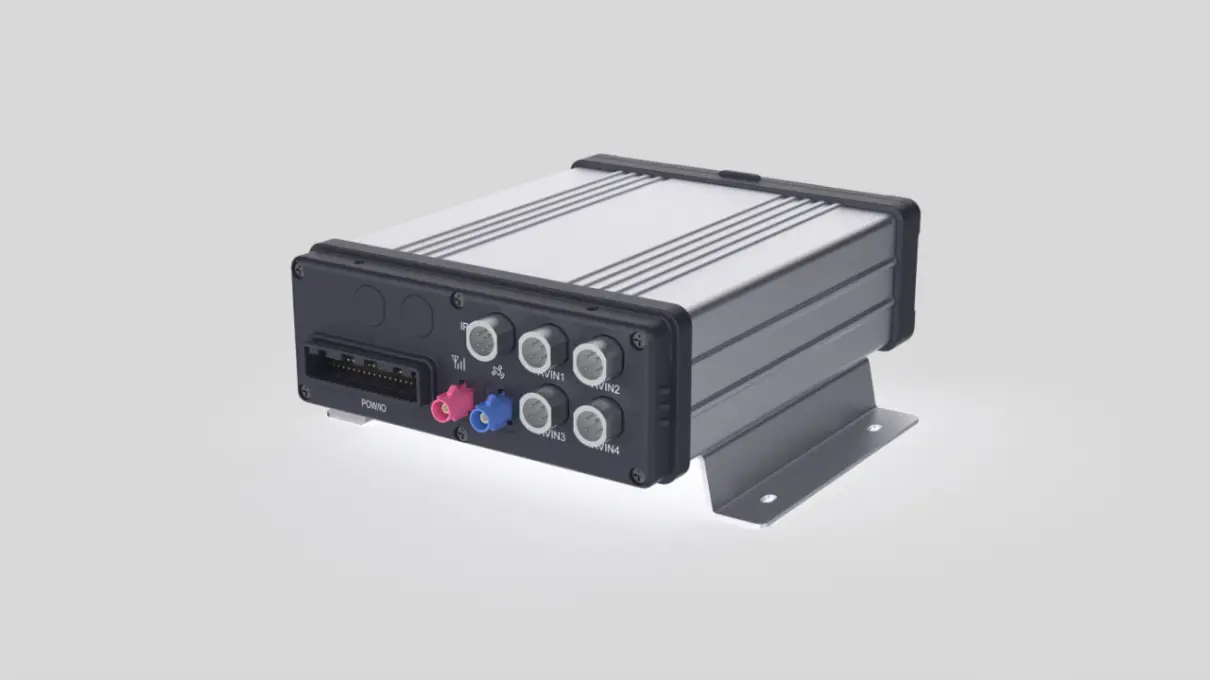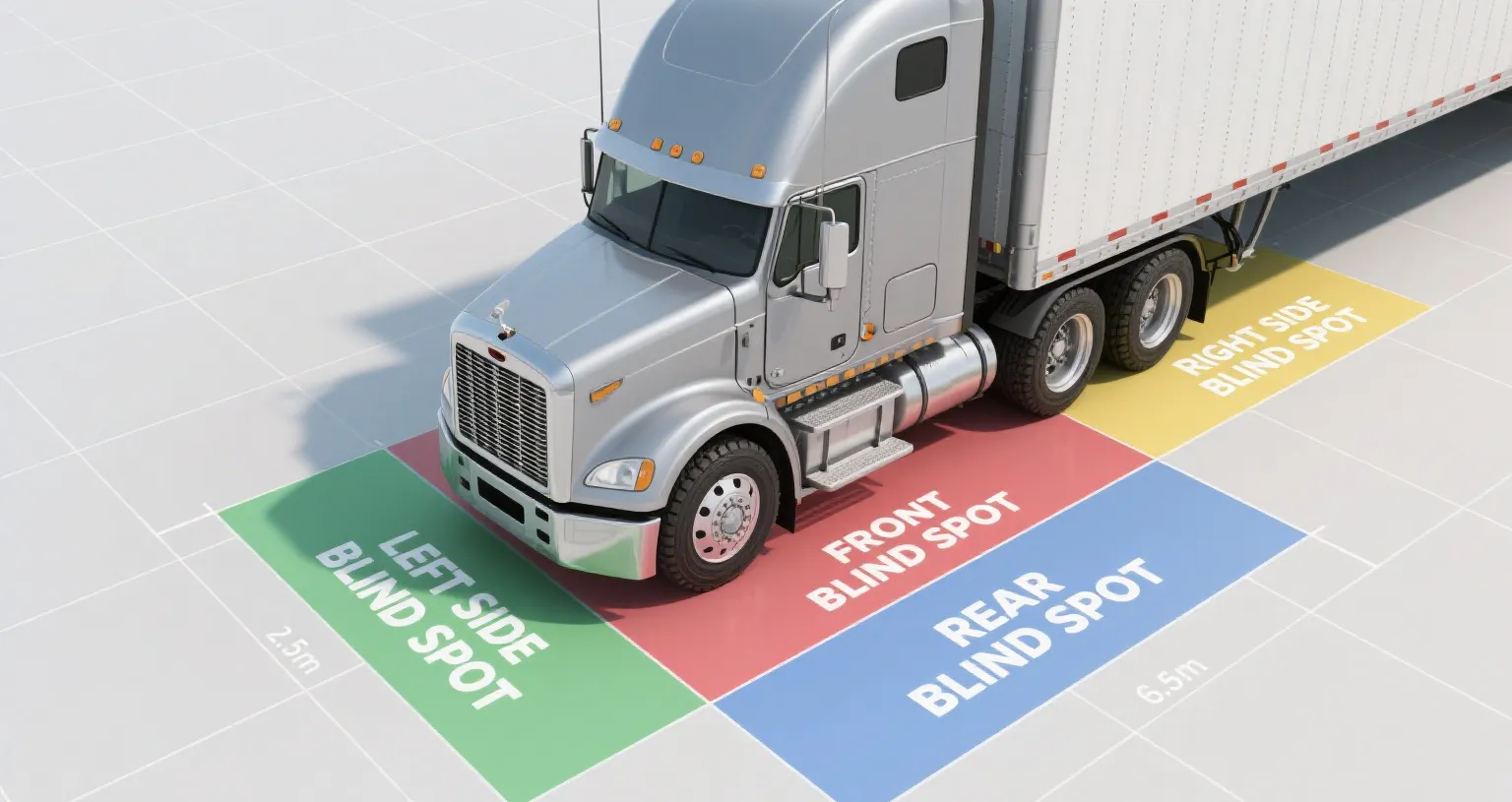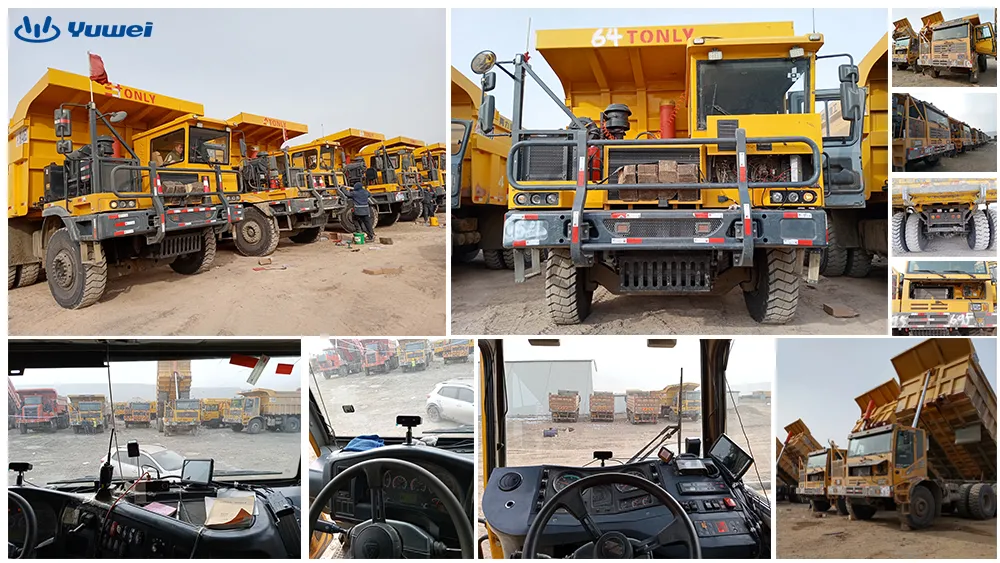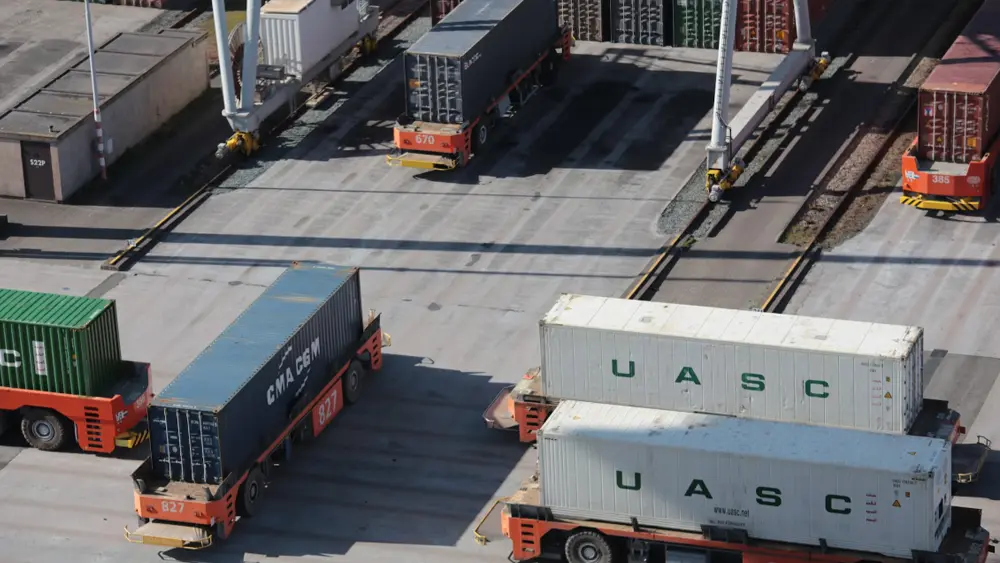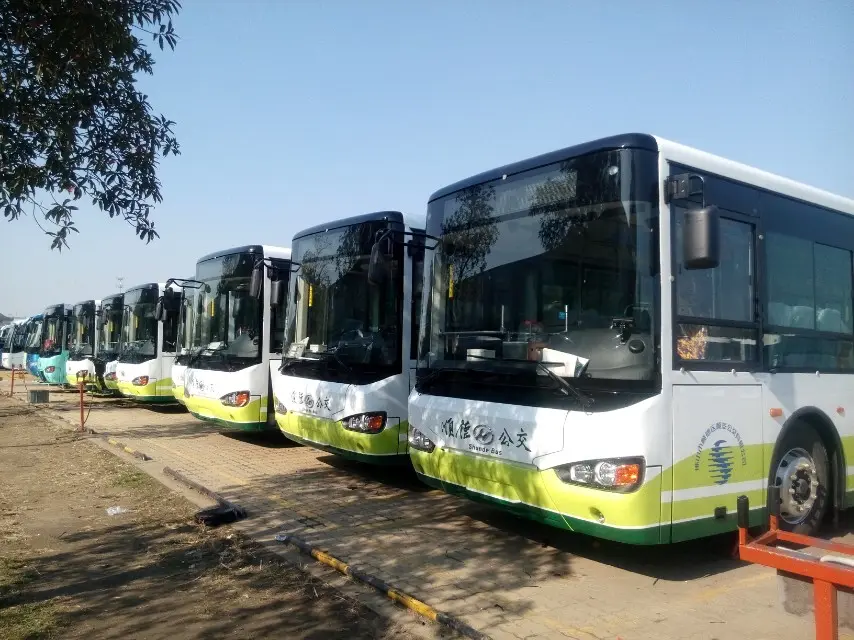Remote Fleet Video Surveillance Monitoring
Why Do Fleet Businesses Need Remote Video Surveillance?
In industries such as logistics, freight delivery, and passenger transport, the safety and efficiency of fleet operations directly impact operational costs and customer satisfaction. Traditional management methods relying on GPS and manual reporting are insufficient for real-time monitoring, leading to delayed incident response and inefficient management. A Remote Fleet Video Surveillance Systemenables real-time monitoring of both interior and exterior vehicle conditions, helping fleet managers to:
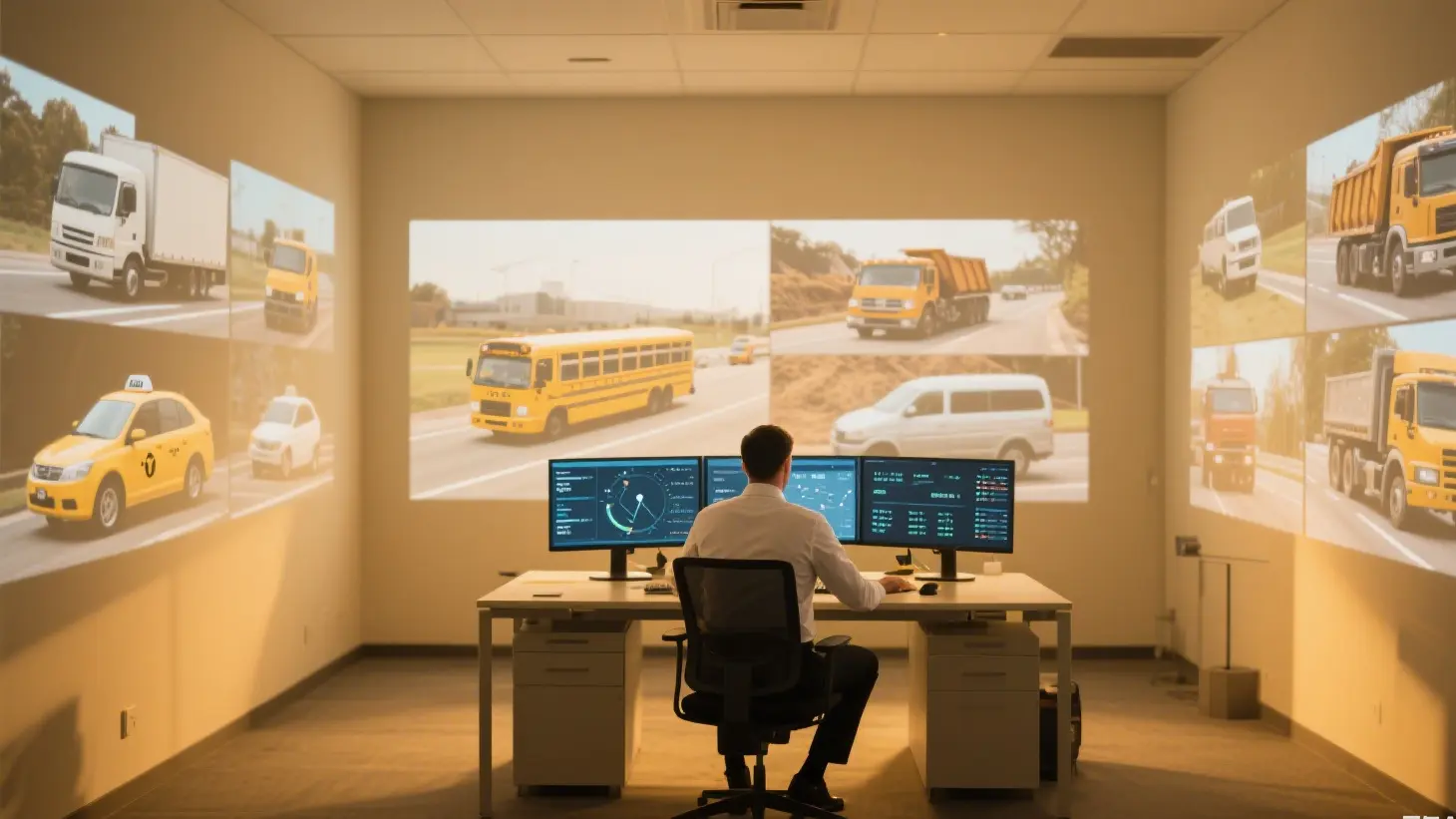
1. Reduce Accident Rates: Monitor driver behavior in real time to prevent fatigue, distraction, and other risky actions.
2. Improve Operational Efficiency: Optimize route planning and reduce unauthorized stops or detours.
3. Minimize Disputes and Losses: Provide video evidence for quick liability assessment in case of incidents.
4. Enhance Customer Trust: Allow clients to monitor transport progress in real time, increasing transparency.
Core Features of Remote Fleet Video Surveillance
1. Real-Time HD Video Monitoring
a. Supports 4G/5G network transmission, allowing managers to view live footage anytime.
b. Multiple cameras cover the driver’s cabin, cargo area, and blind spots for comprehensive monitoring.
2. AI-Powered Smart Alert System
a. Fatigue Detection: Uses facial recognition to assess driver alertness and issue timely warnings.
b. Risky Behavior Alerts: Automatically detects smoking, phone use, lane deviation, and more.
c. Collision Warnings: Integrates ADAS (Advanced Driver Assistance Systems) to reduce accident risk.
3. Driving Data Recording & Playback
a. Videos are automatically stored with cloud playback support for easy accident investigation and performance evaluation.
b. GPS tracking integrated to reconstruct precise driving routes.
4. Remote Management & Dispatching
a. Detects anomalies such as unauthorized parking or route deviation and notifies drivers remotely.
b. In emergencies, fleet managers can remotely lock the vehicle or contact local rescue services.
How to Choose the Right Remote Video Surveillance Solution?
Since every fleet has different needs, consider the following factors:
1. Network Reliability: Does it support 4G/5G? Will it work in remote areas?
2. AI Capabilities: Does it detect fatigue and dangerous driving behaviors?
3. Data Storage Options: Local or cloud storage? How long is the storage duration?
4. System Compatibility: Can it integrate with your current fleet management system (e.g., TMS)?
Fleet Management Tracking Devices
1. AI Dash Cam
2. AI MDVR
5. GPS Tracker
6. Vehicle Sensors
7. ADAS Camera
8. DMS Camera
9. 360° Reversing System
10. Waterproof Reversing Camera
12. Alarms, and more

Which Fleets Benefit Most from Remote Video Surveillance?
1. Logistics and Freight Fleets
a. Use Cases: Long-haul trucking, urban delivery, cold chain logistics
b. Key Needs:
1. Prevent theft or damage of goods (especially high-value or perishable items)
2. Monitor driver behavior to reduce fatigue and speeding risks
3. Optimize route planning and prevent unauthorized stops or detours
2. Passenger Transport Fleets (Buses, Coaches, Taxis)
a. Use Cases: Public transit, tour buses, ride-hailing services, school buses
b. Key Needs:
1. Ensure passenger safety and prevent in-vehicle disputes or threats
2. Monitor driver service quality and improve customer experience
3. Provide quick video access in case of incidents to resolve conflicts
3. Hazardous Materials Transport Fleets
a. Use Cases: Oil tankers, chemical transport, gas delivery
b. Key Needs:
1. Strict driver behavior monitoring to prevent operational violations
2. Real-time vehicle tracking to avoid unsafe route deviations
3. Remote intervention in emergencies to prevent explosions or leaks
4. Construction and Specialty Vehicle Fleets
a. Use Cases: Dump trucks, concrete mixers, sanitation vehicles, cranes
b. Key Needs:
1. Prevent overloading and illegal dumping
2. Monitor work processes to ensure compliance and safety
3. Reduce accident disputes and lower insurance claim costs
5. Corporate-Owned Fleets (Service & Delivery Vehicles)
a. Use Cases: Courier companies, e-commerce delivery, employee shuttles
b. Key Needs:
1. Improve delivery efficiency and reduce human delays
2. Prevent misuse of company vehicles and violations
3. Optimize dispatching to reduce operational costs
6. Rental and Shared Vehicle Fleets
a. Use Cases: Car rental services, car-sharing platforms
b. Key Needs:
1. Prevent reckless driving or vehicle damage by users
2. Establish accident liability with video evidence
3. Improve vehicle usage rates and reduce management costs
Contact Us to Customize Your Fleet Surveillance Solution
Email:hello@yuweitek.com















